All parents want their children to stay safe, and they are always looking for ways to improve that safety. Yes, you should raise your kids to be cautious, attentive, and reasonable, but children are only children; they lack the experience and are unable to predict certain things. They have to learn it all by themselves, sometimes they need to have their knee bruised to understand something, but if you are a parent, you probably keep thinking about all these worst-case scenarios. Fortunately, there are easy things you can do to ensure your children’s safety. Here are some ideas on how you can choose and alter your kids’ clothes to make them safer:
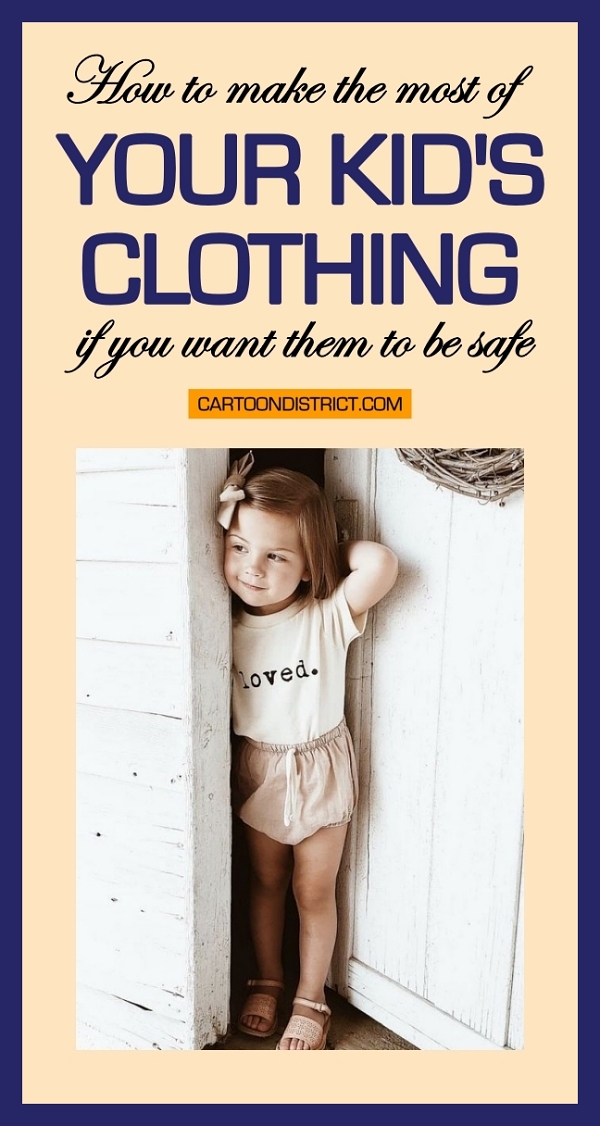
No cords or drawstrings
Anything that can get caught around a child’s neck is hazardous. If there’s anything loose, it can also get caught into any kind of equipment, including playing equipment, which can potentially strangle, suffocate or hurt your child in a different way. That’s why you should avoid dressing them into clothes that have any cords or drawstrings attached, and that includes hoodies and tops, hats, jewelry, headbands, hair bands, belts, ribbons, bags, soothers, and more.
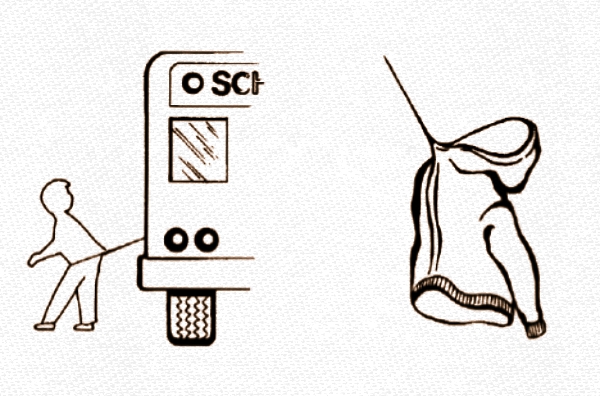
If there is a cord close to your child’s neck, make sure it’s not elastic, or stitch them and secure them on the inside of the material. They should be only decorative and not possible to pull tight, and not hang out more than 3 inches outside the clothing. Also, loose scarfs can be a danger if your child runs freely outside.
Custom printed clothing
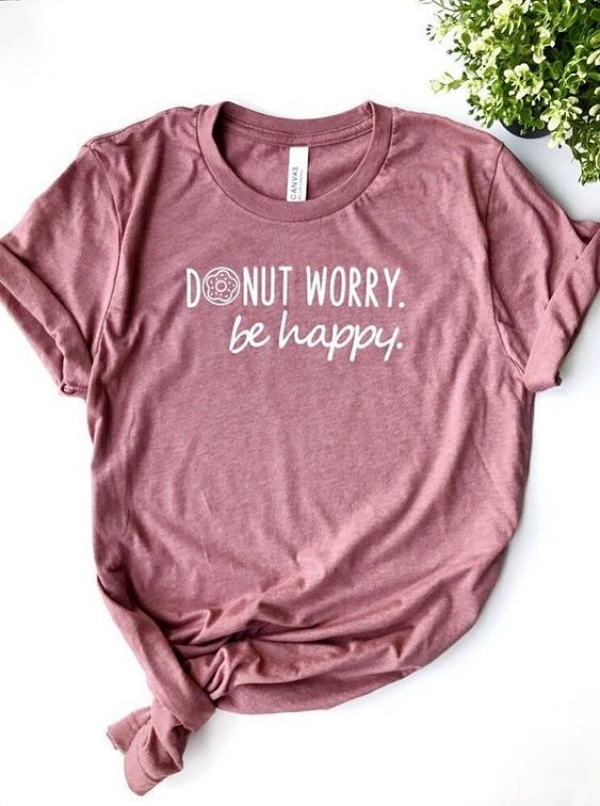
It’s a good idea to order your child’s clothes if you want to be fully in control. You can order them in bright, vivid colors to make sure that they are always visible. Thanks to that, you won’t ever lose your kid in the crowd, and they will be easy to spot on the road or the pavement by drivers and bikers. Plus, if their clothes are unique and distinctive, it will be simple to describe them to other people in case they are lost. Also, when you order print-on-demand t-shirts, it may be a good idea to include some information on them. For example, print your phone number on the inside of a shirt, and make sure your child knows it’s there. Not all kids are able to learn their full name and address, but they undoubtedly will be capable of showing the number to a policeman or a nice lady who will find them.
Low-risk fire materials
You can’t follow your child everywhere and 24/7, as they need to learn how to manage on their own and behave without their parents around. And while they do that, you can make sure that they aren’t walking torches. Children’s clothes should be made of low-risk fire materials, and have the low flammability to I.S. 148 on their labels; if not, there will be a sign saying keep away from the fire there, and that’s what you should avoid. It’s especially important to bear in mind when you’re buying your kid’s pajamas. Flame-resistant materials may feel a bit coarse, but their fire risk is way lower than in the case of cotton. Only snug-fitting clothing is not required to be made of flame-resistant fabrics, as it’s less likely to catch fire than loose-fitting pajamas.

When it comes to Halloween costumes (that are very often worn not only on Halloween) and more fancy dresses that are always full of tulle and other flammable materials, look out for the flammability standard mark – CE. They should be made of polyester, nylon, or different synthetic fabric.
Outside safety
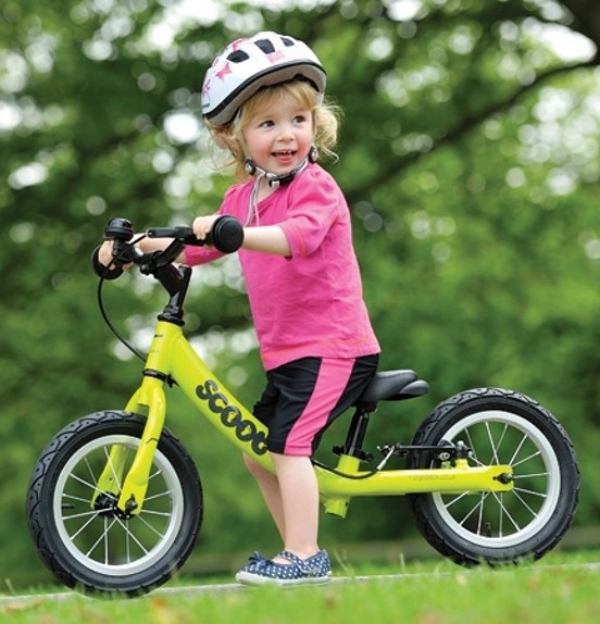
It may all seem obvious, but there are still many parents who aren’t that strict about safety measures. For example, it’s essential for your child to wear a bike helmet with multiple reflective strips, even if they are barely riding, and they do it only in your backyard. You never know what will come to their minds, children often get silly ideas, as they aren’t aware of many things, and sometimes, it’s a matter of minutes before you realize that something has already happened. By buying helmets with CSPC stickers, you can be sure that they will be able to protect your kid in case of a fall or an accident. Don’t let your child run, play and ride a bike in loose-fitting clothes, as they are more likely to get caught in a bike chain or playing equipment.
Stay cautious but calm
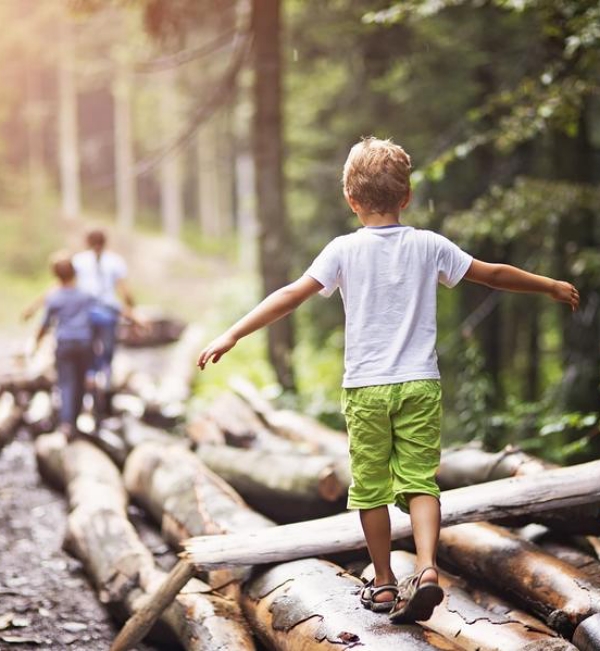
The most important thing is not to overreact. Children are only children – they will always fall off their bikes, bruise their legs, and give themselves bumps. Make sure you’re doing everything you can to ensure their safety, but allow them to discover the world freely. Otherwise, they will never be able to manage on their own and take care of their own safety.
